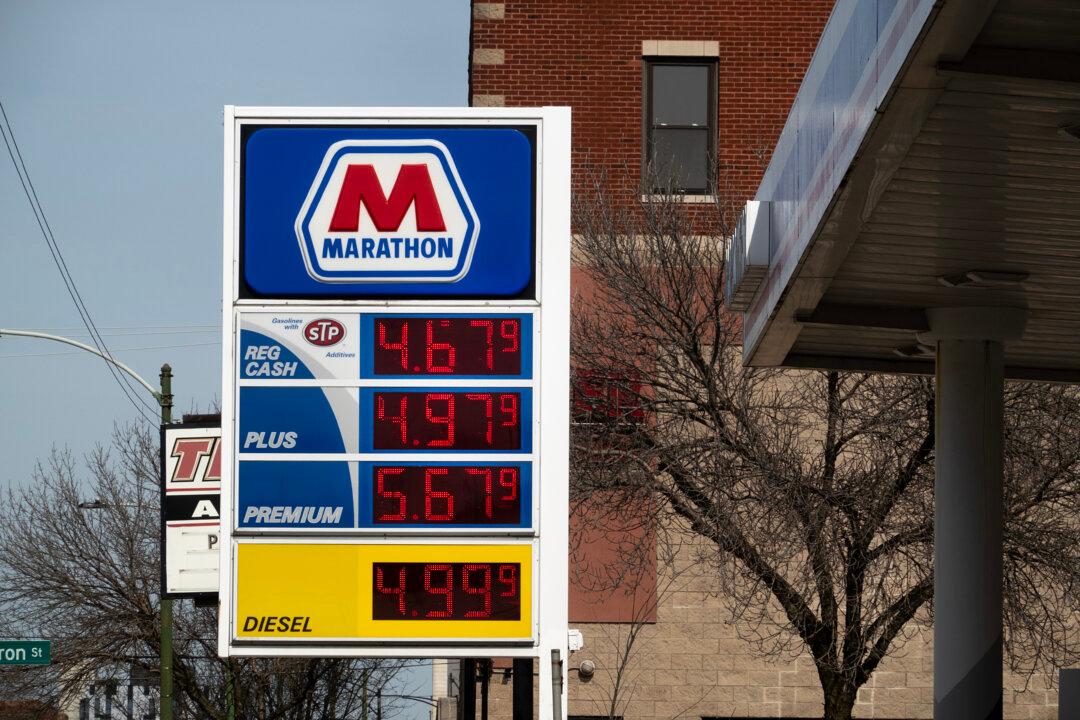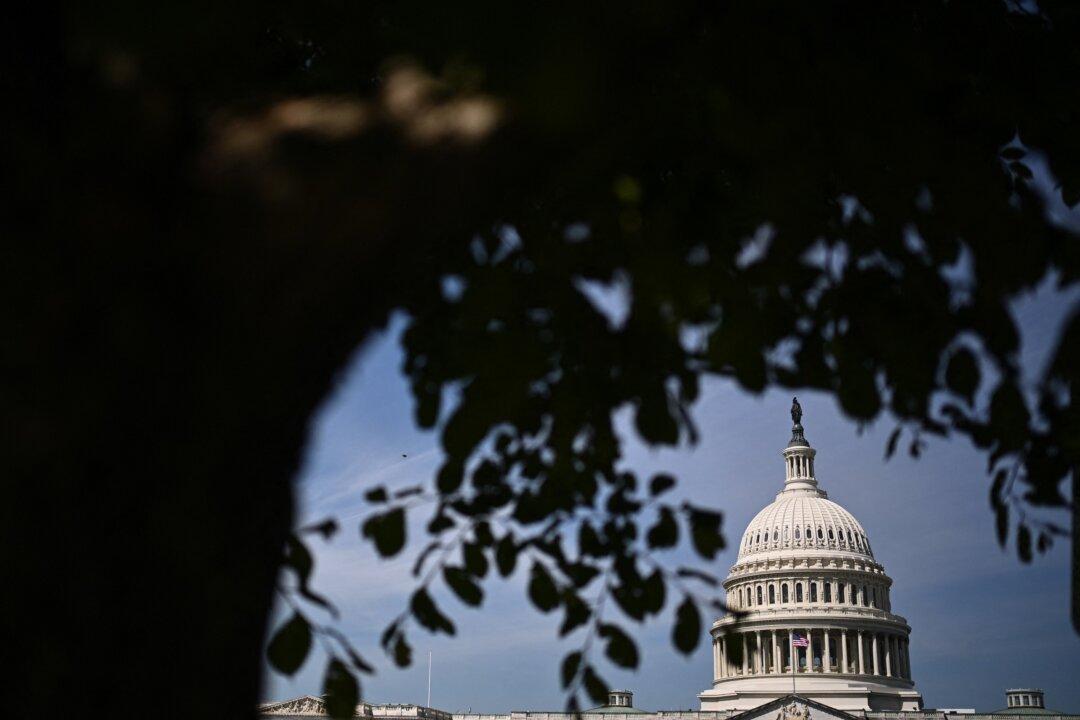Commentary
I have studied universal basic income (UBI) for years. In fact, at one time, I was considering a research project about the benefits of UBI. I thought basic income was worthwhile with important core tenets (health care for children, poverty alleviation, and so on), but over time, I realized I was wrong.





